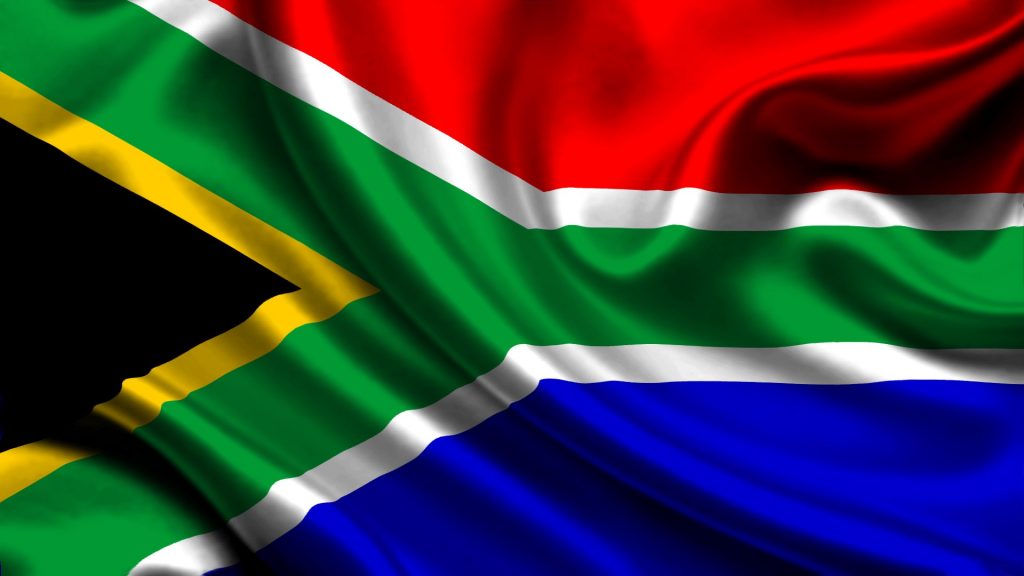South Africa emerged from its first recession in almost a decade in the third quarter as recoveries in manufacturing and agriculture contributed to an increase in economic growth.

Gross domestic product rose by an annualized 2.2 percent in the three months through September compared with a revised 0.4 percent contraction in the prior quarter, Statistics South Africa said Tuesday in the capital, Pretoria. The median estimate of economists surveyed by Bloomberg was for growth of 1.9 percent.
Key Insights:
- The biggest drivers of quarterly growth were increases in manufacturing output, which rose 7.5 percent, and agriculture, which surged 6.5 percent.
- Despite the rebound, the underlying economy remains weak, with the central bank and the National Treasury forecasting annual growth of less than 1 percent for the year.
- The economy hasn’t grown by more than 2 percent a year since 2013 and is struggling to gain momentum despite political changes, which boosted investor confidence. Cyril Ramaphosa’s ascent to power — first as leader of the ruling African National Congress in December and as President in February — bolstered sentiment and the rand following Jacob Zuma’s scandal-ridden tenure of almost nine years, but indexes show confidence has waned as businesses seek real reforms.
- The economy expanded 1.1 percent from a year earlier.
Markets:
The rand gained as much as 1.1 percent before paring the advance to trade 0.9 percent up at 13.5655 per dollar by 1 p.m. in Johannesburg, the strongest level in almost four months. Yields on benchmark government bonds dropped and stocks reversed losses.
What Our Economist Says … |
The consumption-heavy configuration of the expansion brings doubts over how sustainable the recovery is. We were cautious about the prospects for capital investment but the 5.1 percent contraction in the third quarter was a weaker print than expected. This bears evidence that the boost in business confidence earlier this year has yet to translate into spending decisions. We expect this to remain the case in 2019, with the likely result being the economic recovery stalling as the expansion in private consumption weakens.

